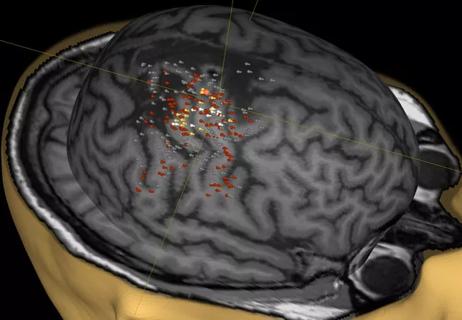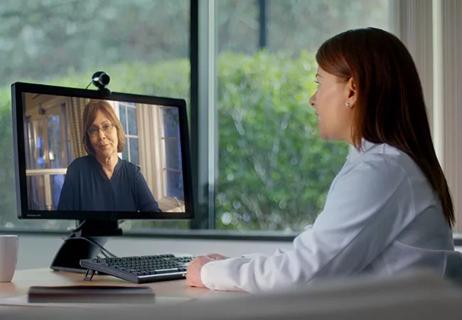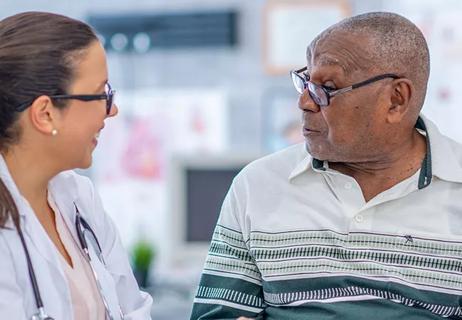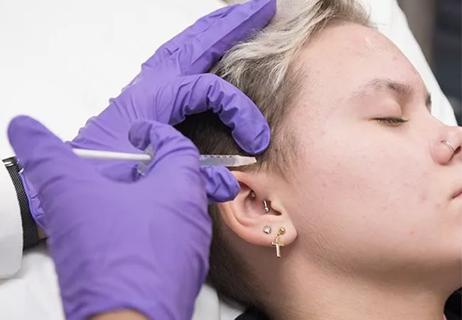Data points from Cleveland Clinic’s 5,646 visits over four years

1.4 million miles. That’s the amount of travel projected to have been avoided by 3,958 patients across 5,646 virtual visits during the first four years of outpatient subspecialty teleneurology offerings by Cleveland Clinic’s Neurological Institute.
Cleveland Clinic is a non-profit academic medical center. Advertising on our site helps support our mission. We do not endorse non-Cleveland Clinic products or services. Policy
The figure comes from a May 6 plenary presentation at the American Academy of Neurology’s 2019 annual meeting by Cleveland Clinic neurologist Marisa McGinley, DO. Key data from the presentation are captured in the graphic below.

“Teleneurology has been well described in the setting of acute stroke care, but its use in outpatient care has been limited,” says Dr. McGinley. “At-home virtual visits have the potential to enhance patient access to subspecialized neurological care. We’ve recognized this for several years at Cleveland Clinic, which has allowed us to present data and observations from our experience with outpatient subspecialty teleneurology services over a four-year period, which is the largest experience reported to date. Our findings support the feasibility of implementing such services and the high patient satisfaction levels that can result.”
More than a quarter of patients completed more than one virtual visit, and patients rated their virtual visit experience 4.7 out of 5 stars. They rated their virtual visit provider even better at 4.9 out of 5 stars. Around 20 percent of the visits were for headache, another 20 percent were for epilepsy, around 16 percent for spine and 11 percent for movement disorders. Other subspecialties included psychiatry, autonomic disorders, cerebrovascular disease and cognitive disorders. Almost a quarter of patients live a distance of over 270 miles away from Cleveland Clinic.
Dr. McGinley says her group’s next research steps include a closer focus on the value of teleneurology virtual visits to patients and the healthcare system.

A noninvasive approach to map eloquent areas before surgery

Physician reimbursement policy experts join forces with IT and coders to enable digital transformation

Minority Stroke Program focuses on outreach to racial and ethnic minority communities

Excellent response seen with ongoing use in patients as young as 11

Q&A with a psychiatrist in Cleveland Clinic’s Transgender Surgery and Medicine Program

Time constraints, language barriers, substance misuse, mood disorders targeted for improvements

Project draws $1.6M to leverage telemedicine to create medical home, ease transition to adult care

Comorbid depression is only one of the likely warning signs